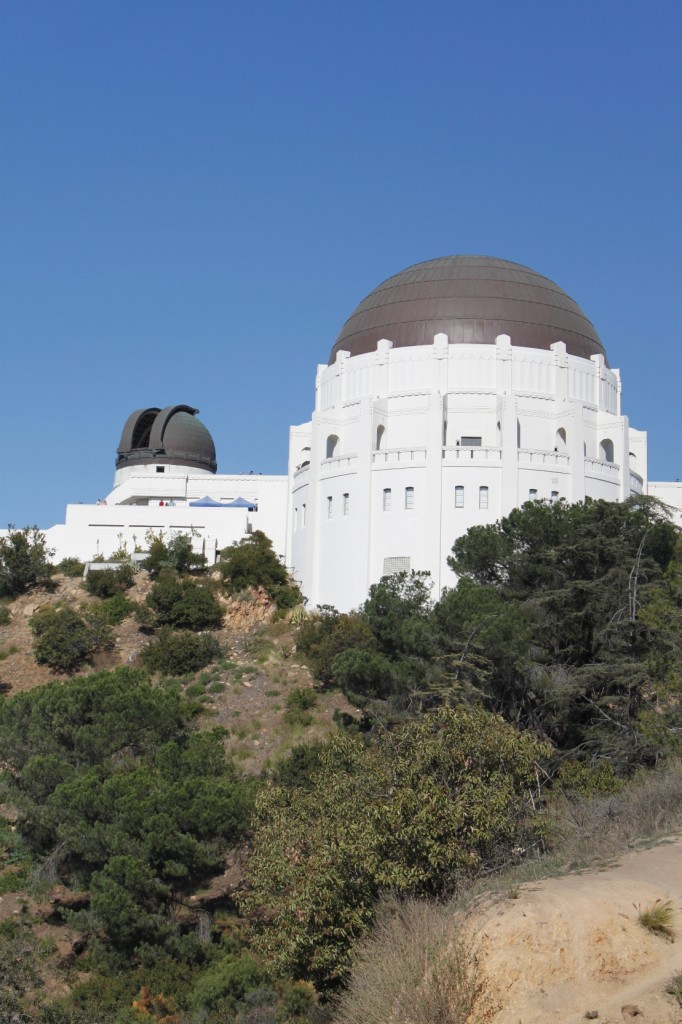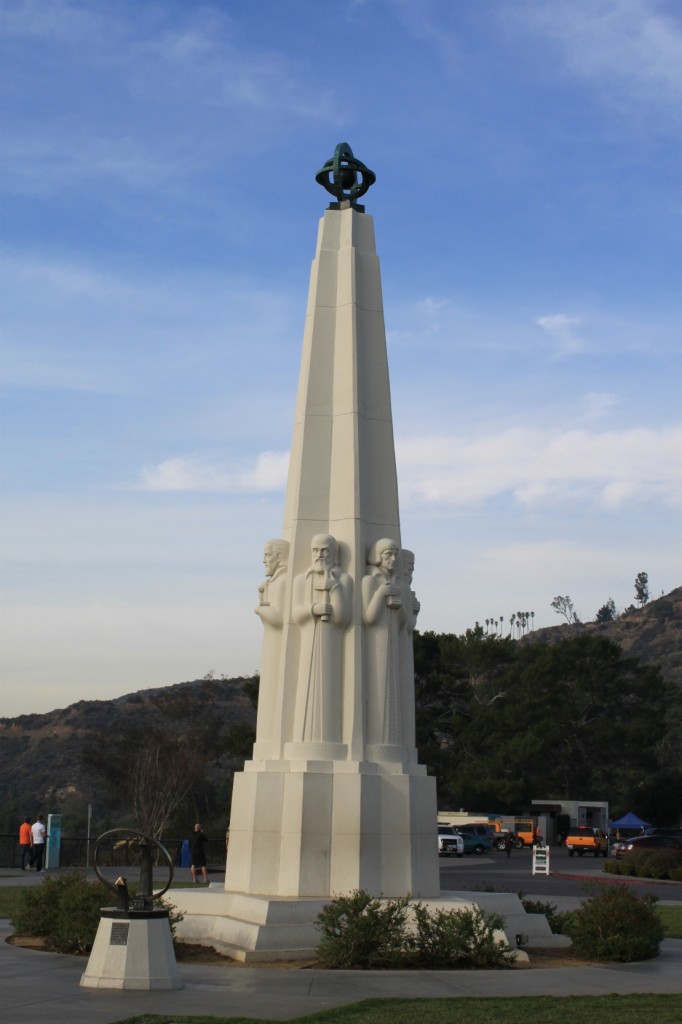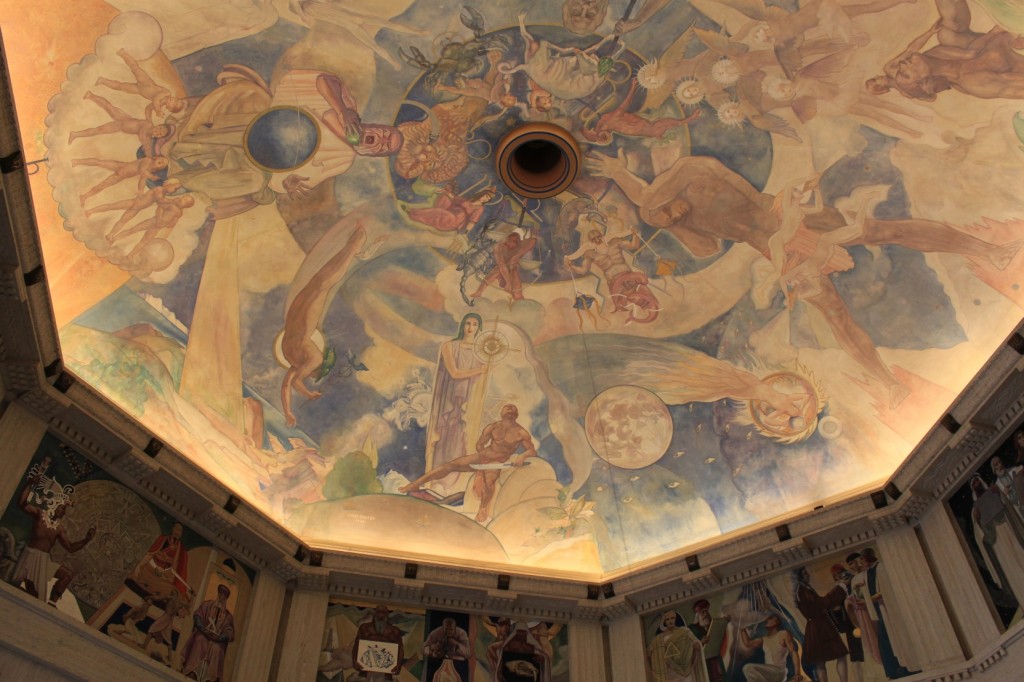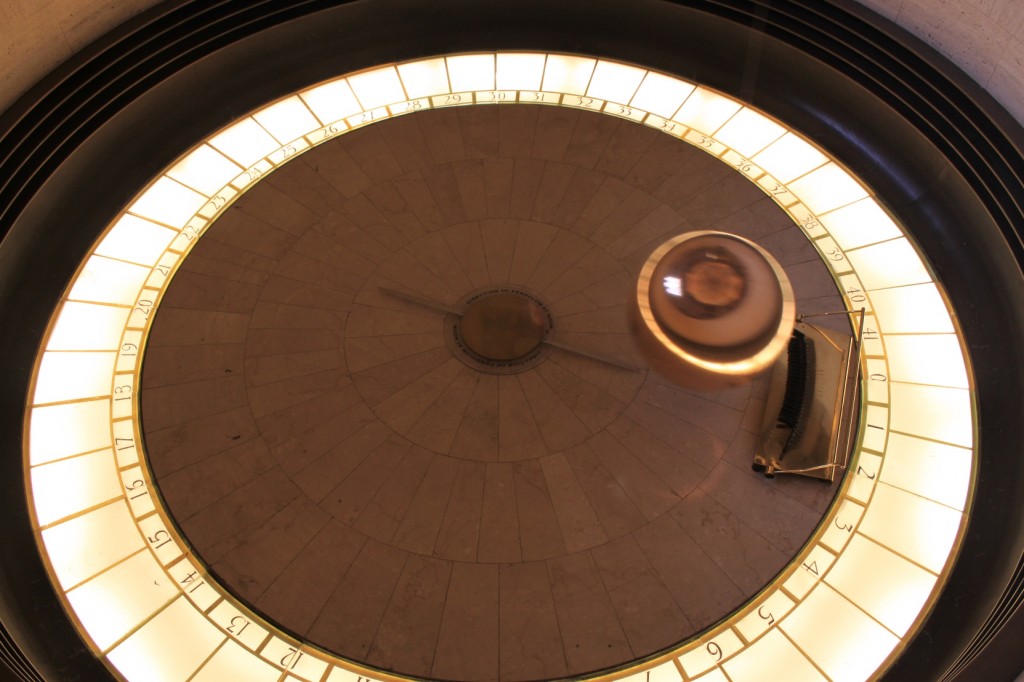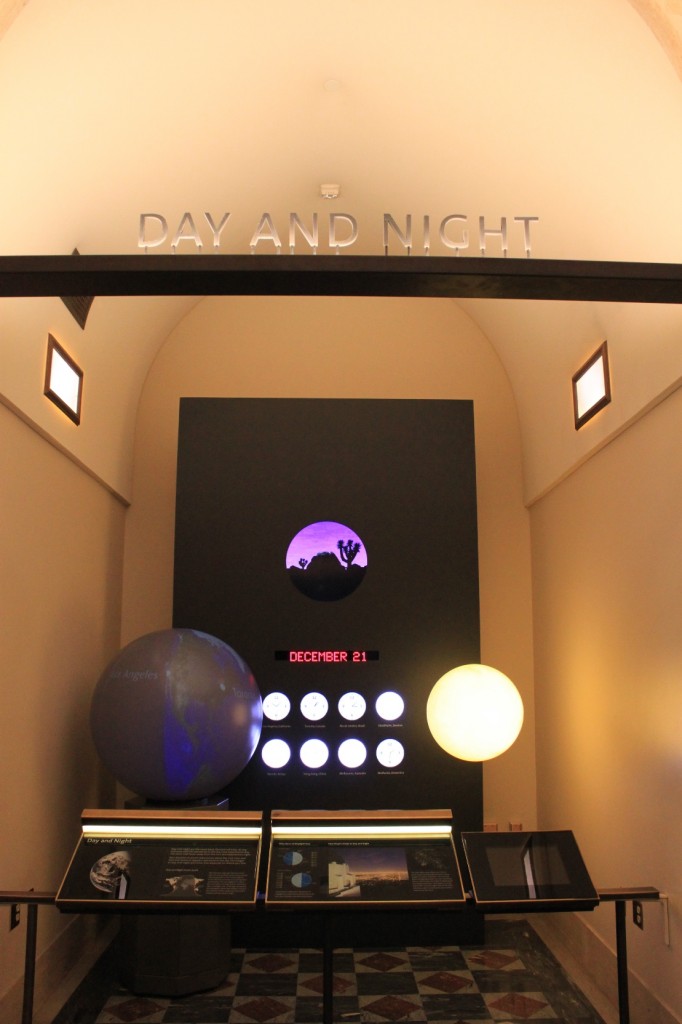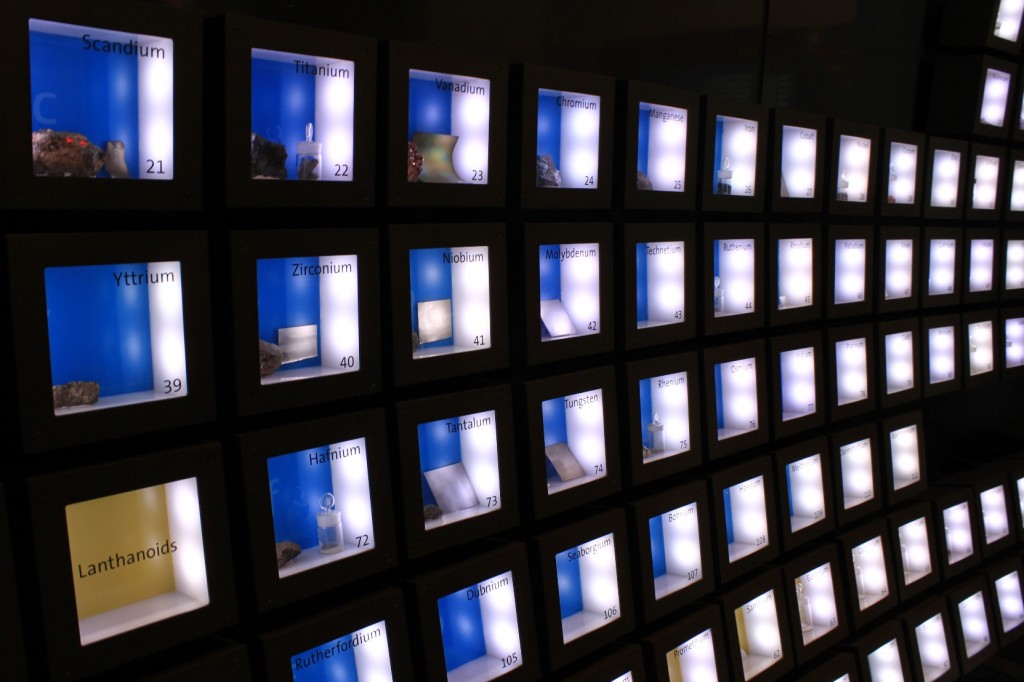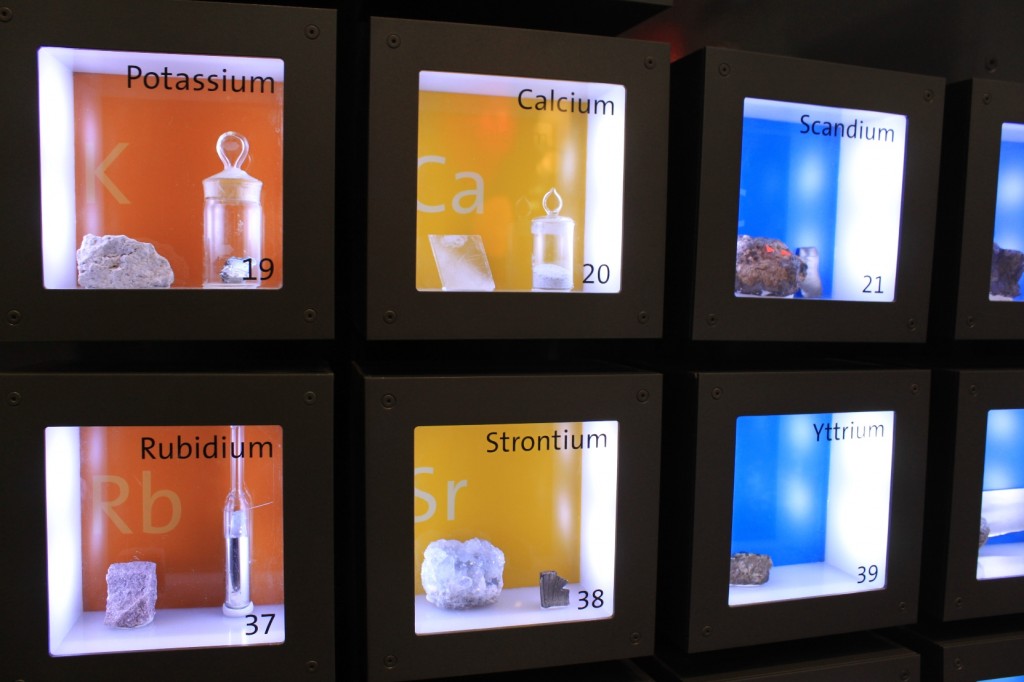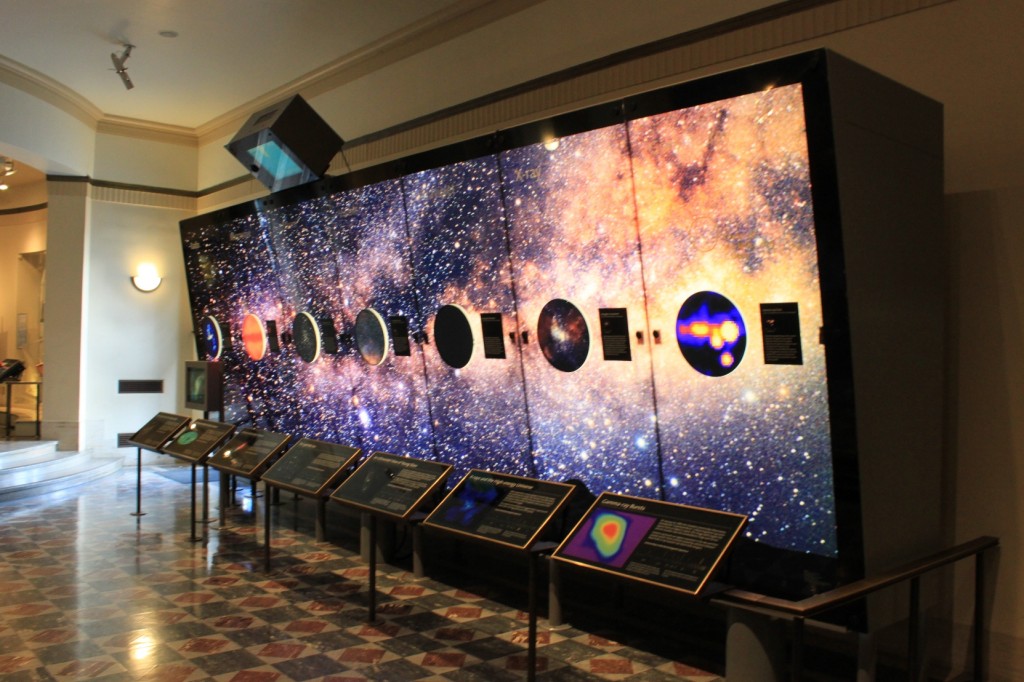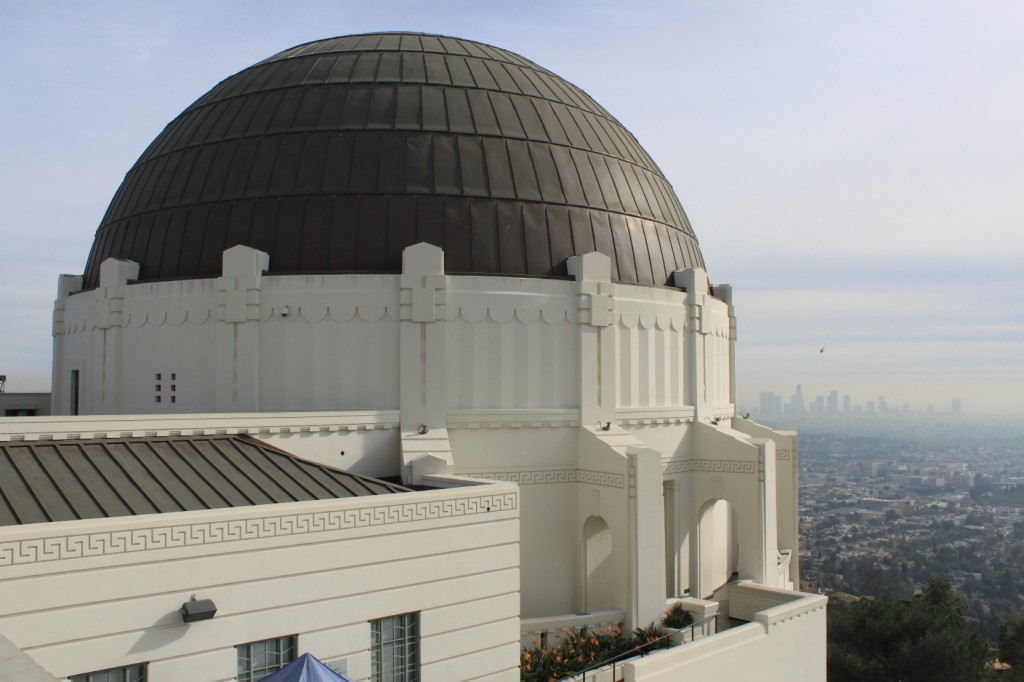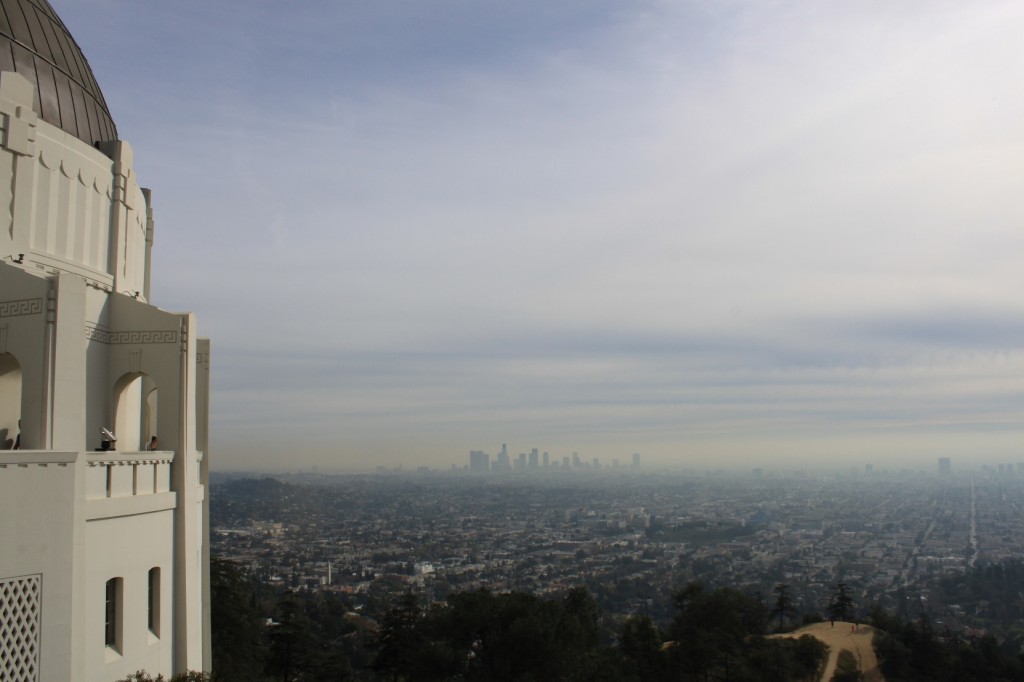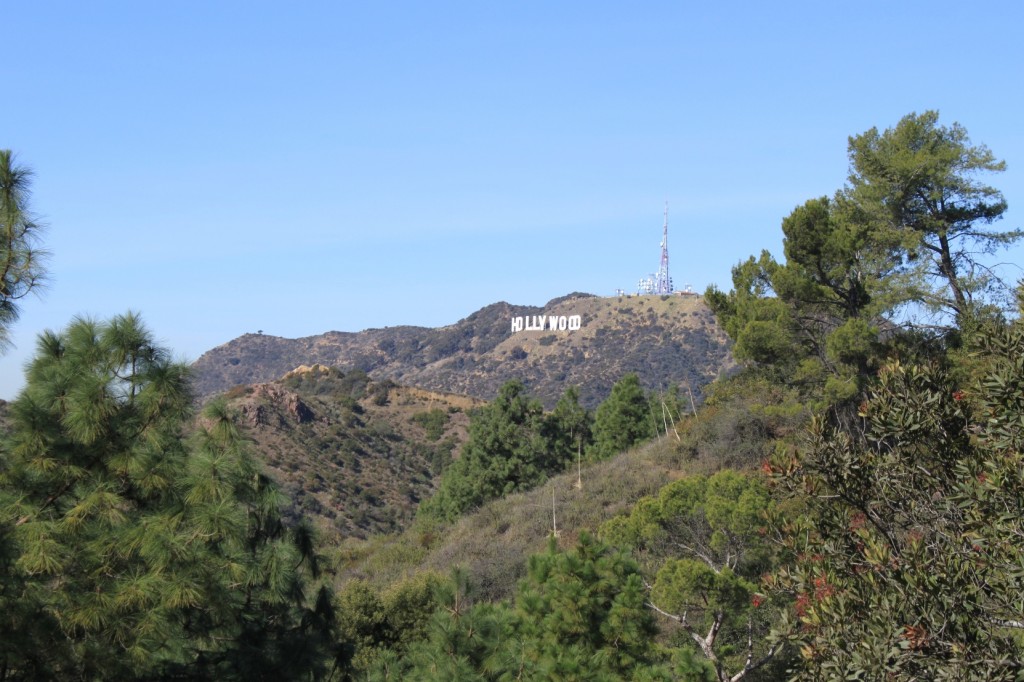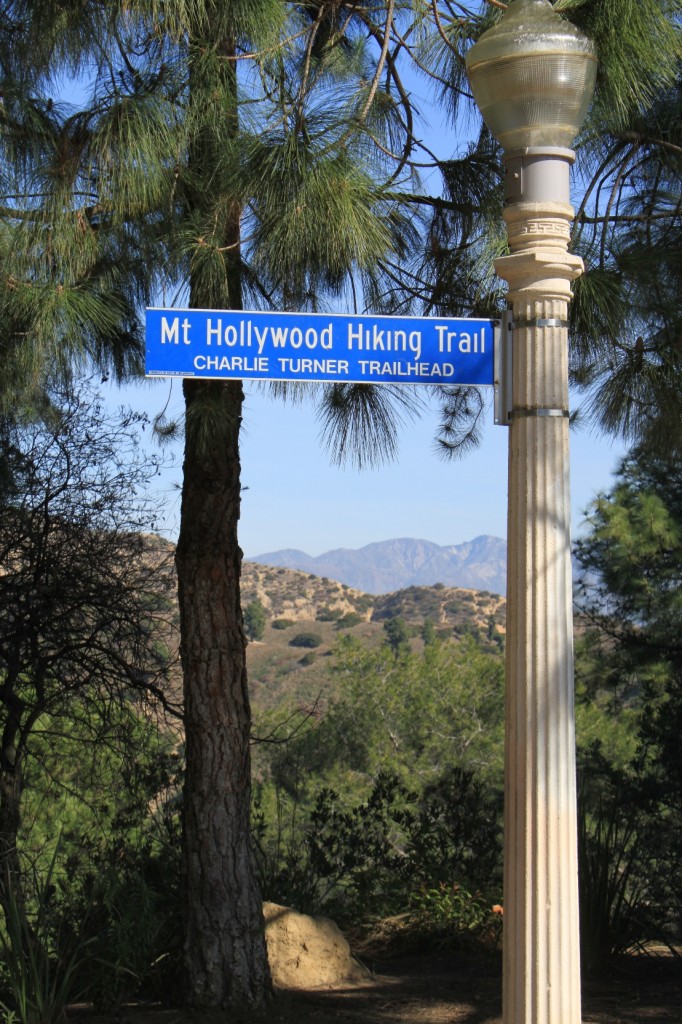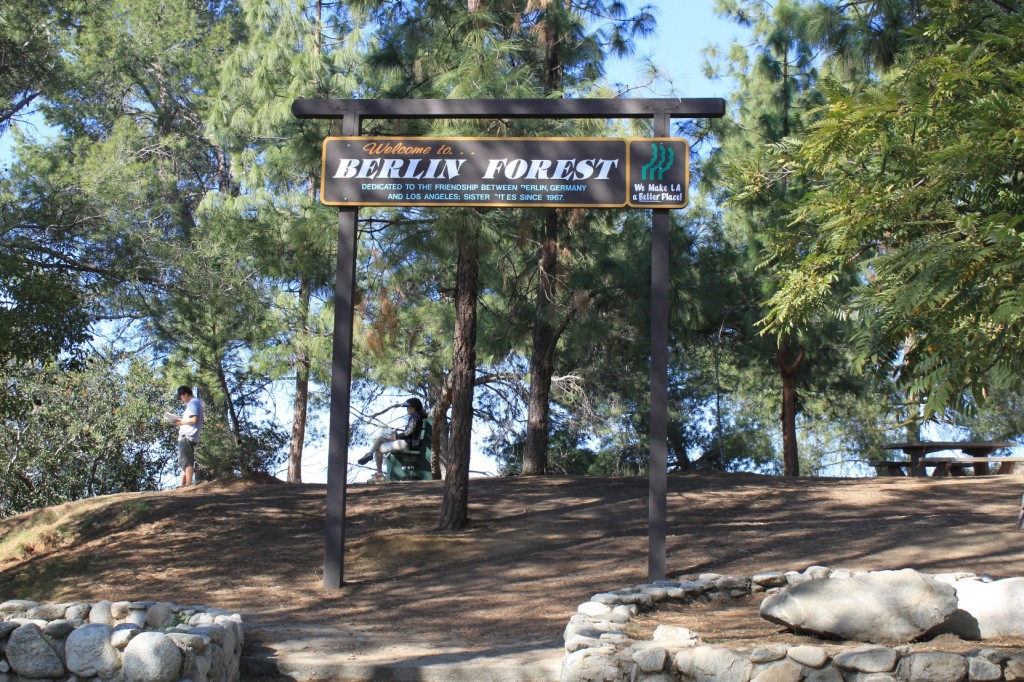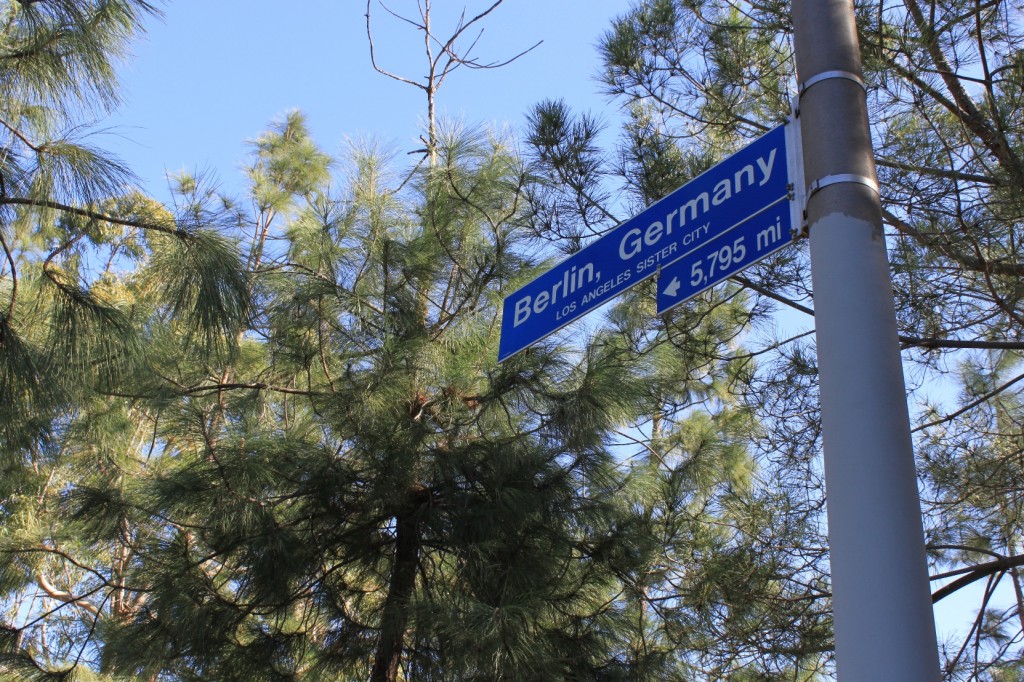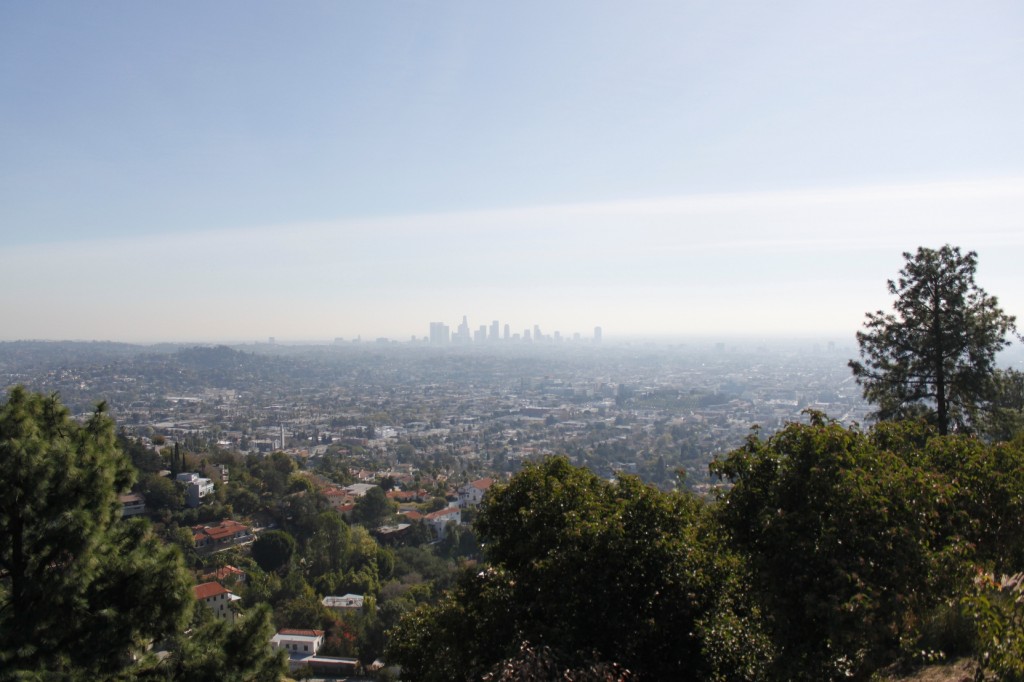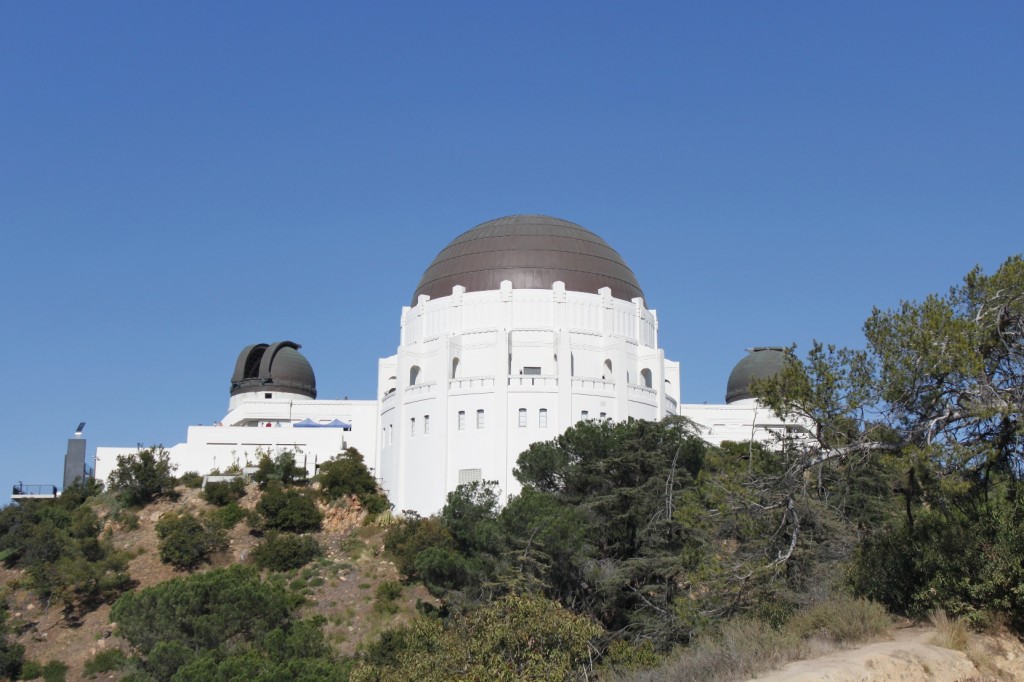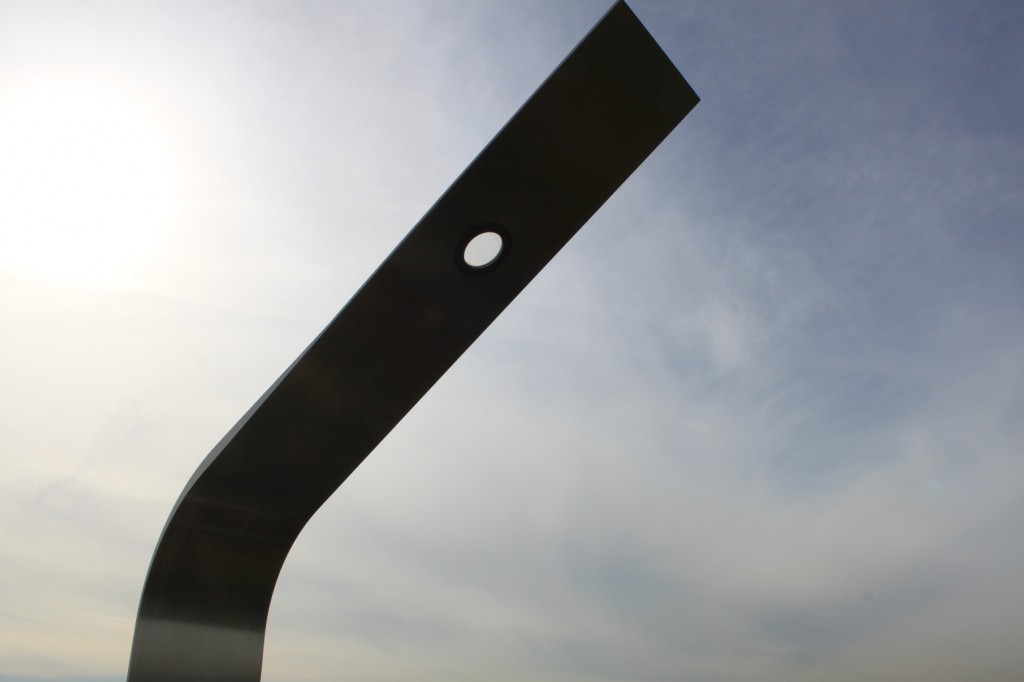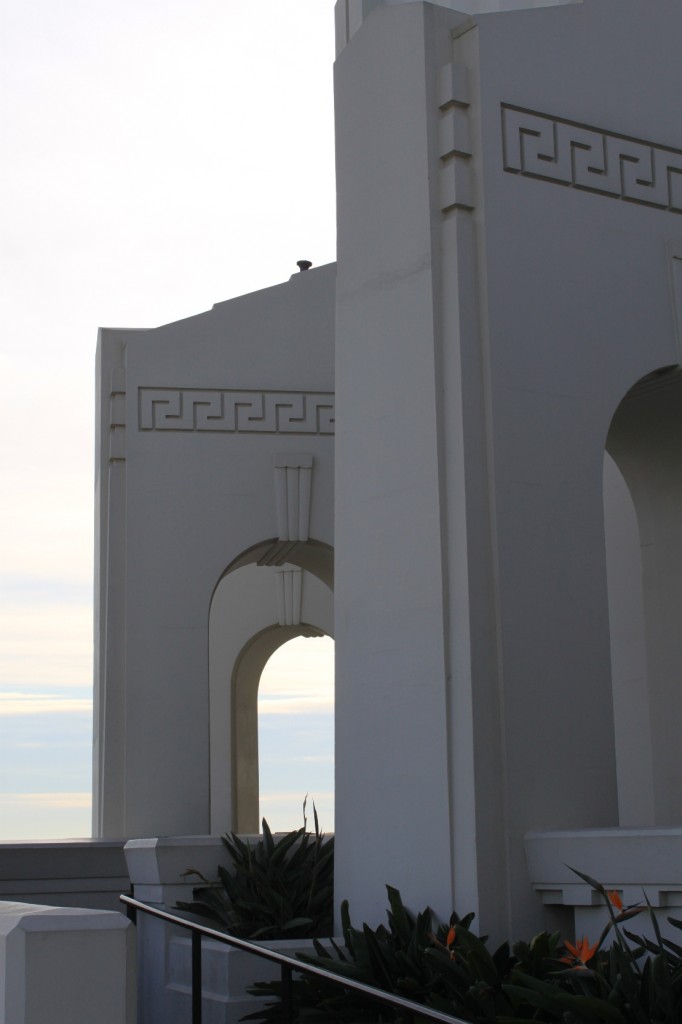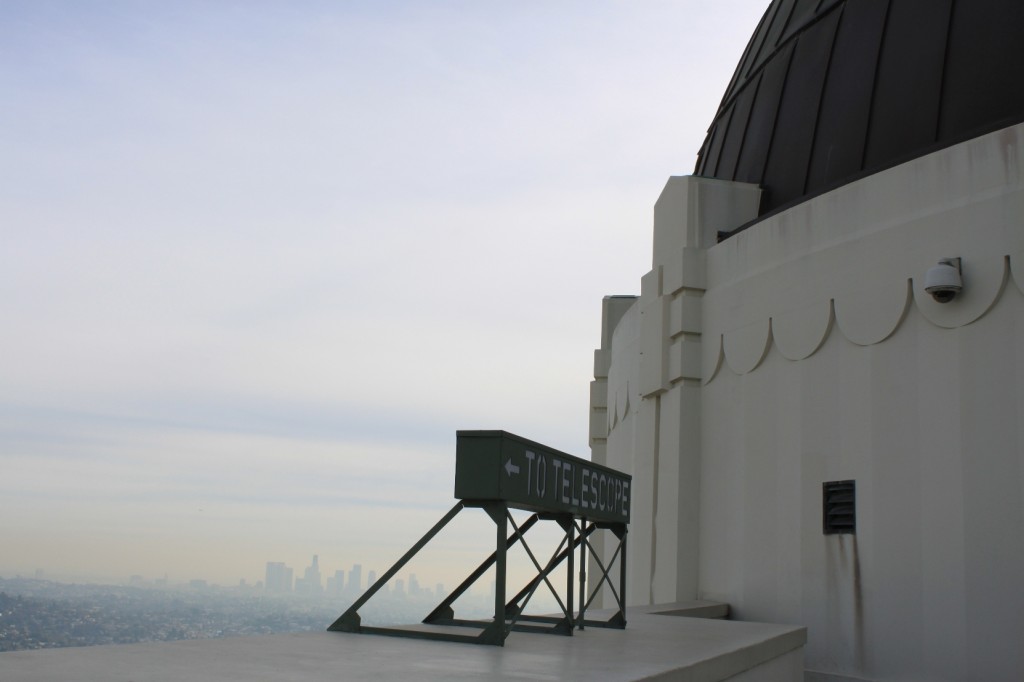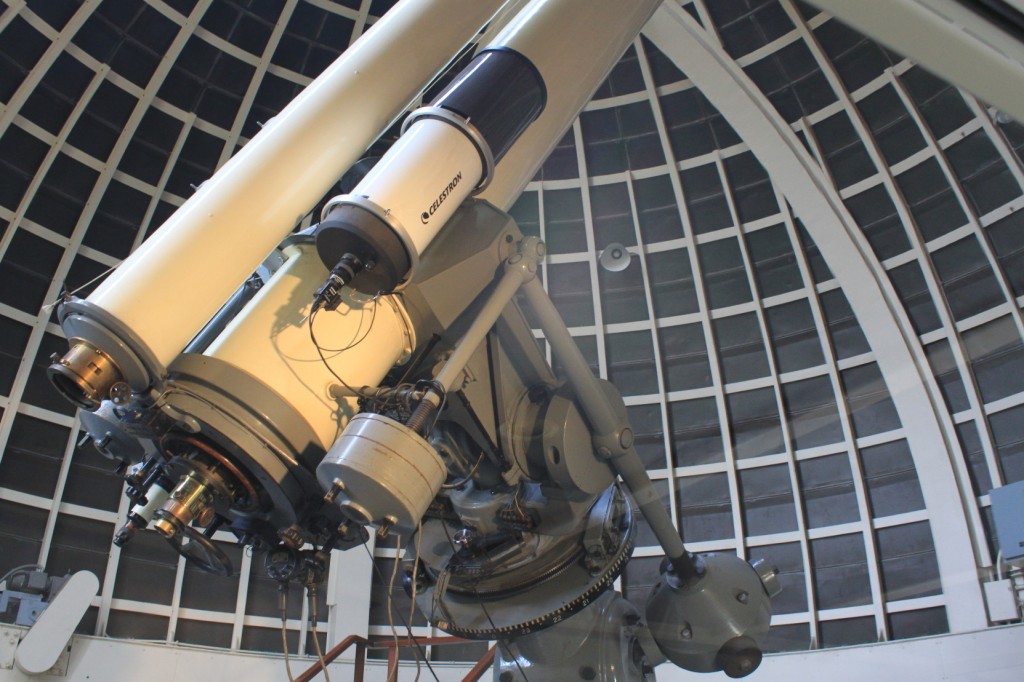Here’s a great place to go in Los Angeles, and best of all, it’s free! (Note the recurrent theme on this blog … ) The Griffith Observatory at Griffith Park is a great place to spend the day.
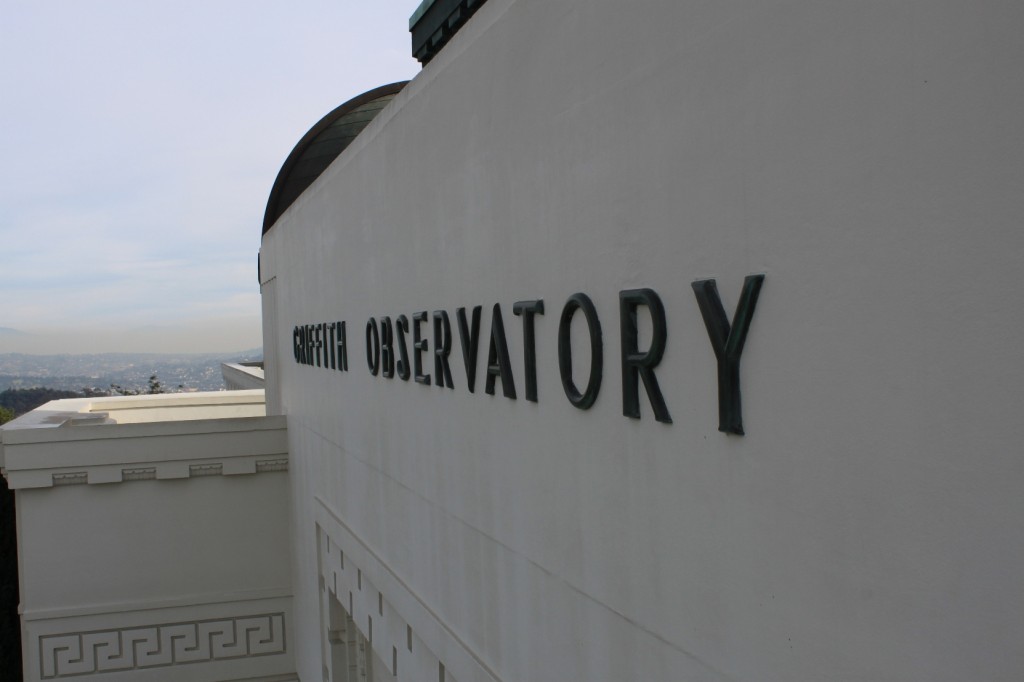
Located on Mount Hollywood in Griffith Park, the Griffith Observatory was the dream of Griffith Jenkins Griffith, who had deeded the city the land for Griffith Park in 1896. After visiting Mount Wilson and looking through the telescope in 1908, he was inspired to have an observatory built in Los Angeles. He donated $100,000 to the City of Los Angeles in 1912 to build the observatory, but passed away before its completion.
(Note: The picture below is not mine; it is from WikiMedia. I only wish my camera could take a picture like this! It is the work of Matthew Field. Check out his awesome website here. I drool. ‘Nuff said.)
Groundbreaking was in March of 1933. The low prices on building materials due to the Depression meant the finest materials could be used. The Griffith Observatory opened to the public on May 14, 1935.
Six sculptors were hired to create the Astronomer’s Monument as part of the federal public works program during the Depression.
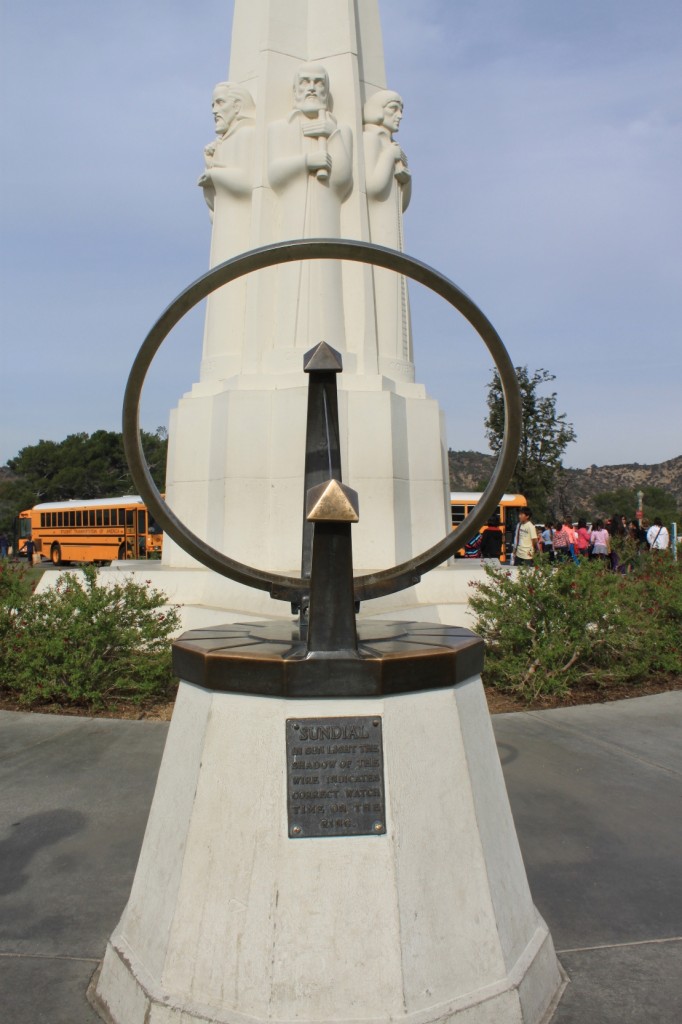 At the base of the monument is a sundial.
At the base of the monument is a sundial.
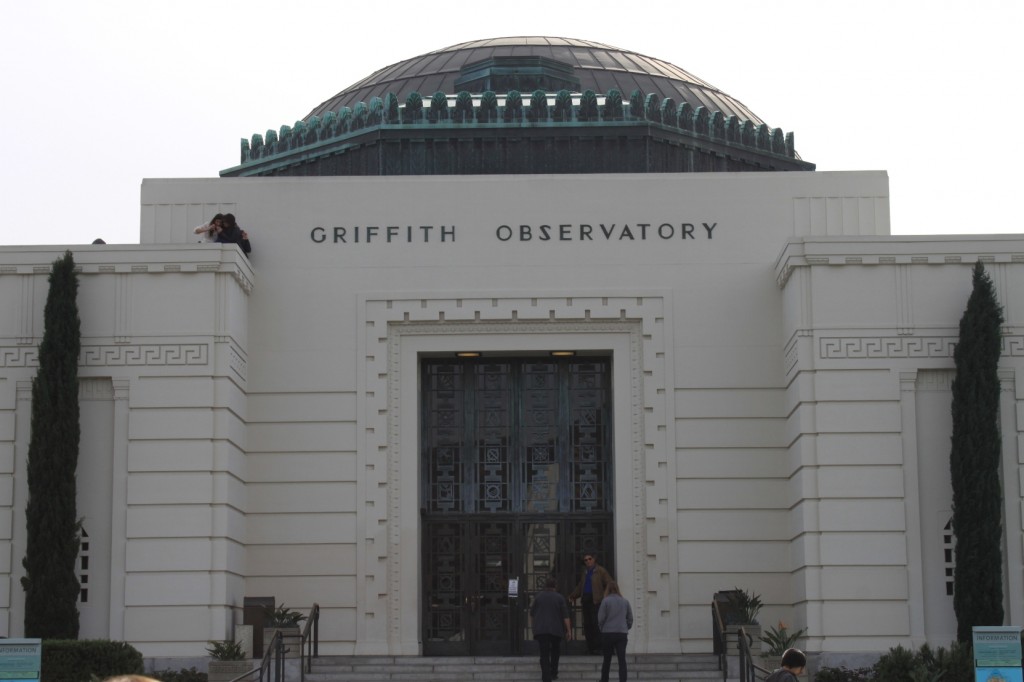
As you enter the building, there’s usually a docent there to welcome you to the observatory and open the door for you.
The murals in the lobby were painted by artist Hugo Ballin. Titled the “Advancement of Science from Remote Periods to Present Times,” each of eight panels depicts how science and engineering have changed through history, up until the time these murals were painted, which was 1935.
The real focus of the lobby is the Foucault Pendulum. The pendulum is a 240=lb. sphere that is suspended from the ceiling by a 40-foot wire. A ring magnet keeps it in motion without influencing its direction. The pendulum knocks over a peg every 7 minutes. Although it appears that the direction of the pendulum has changed, it is actually due to the rotation of the earth that the peg is moved into the path of the pendulum.
There are plenty of exhibits inside the observatory about all sorts of things.
One of my favorites was this chart of the elements, with the actual elements (when possible) on display.
More exhibits …
Be sure to go to the downstairs exhibits on deep space as well. Outside, there are plenty of walkways around the building so you can enjoy the city views …
… the skyline oftentimes obscured by the smog …
… and the H0llywood sign. On clear days, you can see all the way out to the ocean – but not today.
If you are looking for a picnic spot, check out the trail at the north end of the parking lot:
A short (and not too difficult) hike up the path will take you to the Berlin Forest, a picnic area dedicated to our sister city, Berlin, Germany …
… located just 5795 miles away!
The path continues on from here, one of the many hiking trails available in Griffith Park.
There’s another path off to the east side of the observatory that will take you to another vantage point beneath the observatory where you can enjoy some nice city views, smog permitting …
… as well as enjoy the observatory from a different view.
Here are some random shots from around the observatory: This seemed to be sort-of like a sundial but for seasons.
The art deco architecture is beautiful….
Be sure to go all the way up to the top deck.
Here’s some information you should know about the Griffith Observatory:
- The Observatory is open Wednesday through Friday, Noon to 10PM; weekends 10AM – 10PM.
- Admission and parking are FREE; however, the parking lot is small, so get there early for the best parking. If the lot is full, you can park along side the street but you’ll likely have to hike up the hill a bit.
- The Planetarium show is excellent and costs a well-spent $7. I highly recommend it! Note: there are restrictions for very young kids. Click here for details.
- Free public telescopes are available every night the observatory is open and the skies are clear.
- Public ‘star parties’ are held once a month. The Los Angeles Astronomical Society and the Los Angeles Sidewalk Astronomers are on hand with telescopes to show you the stars and answer your questions. Click here for details.
FOR MORE INFORMATION:
